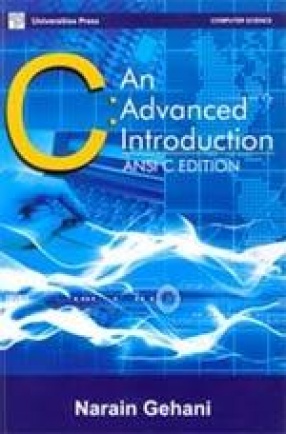E-democracy: Concepts And Practices
In stock
E-democracy is about the application of Information and Communication Technologies (ICTs) for the enhancement of democratic processes. It is actually very difficult to define e-democracy. It is a new concept subject to a number of discussions and debates. The term ‘e’democracy’ was coined in 1994 by a Minnesota based project in US, and since then, a number of countries have experimented with the e-democratic processes. E-democracy is a form of politics, based on technology. Some scholars opine e-democracy as merely e-voting. But in the true sense, e-democracy goes beyond that to include a number of other concepts like e-participation, e-discussion, e-forum, e-campaigning etc. The main aim of e-democracy is strengthening of democracy already existing in a society. E-democracy ensures peoples’ participation in a democratic society. The biggest advantage of e-democracy lies in the fact that it establishes an interconnection between the people and the legislators through ICT, resulting into more citizens’ participation. But to the progress of e-democracy, a number of challenges exist, like the need of a proper architectural design, ethics in e-voting, ethics in posting of views in e-forum, politicians’ mindset, proper policies etc. Though in no country has e-democracy been practiced in a full-fledged manner, evidences are there regarding the experiments in countries like US, Switzerland, Canada, Japan, Brazil, Iran, Philippines etc. This book is an attempt to illustrate the concept of e-democracy, while it also glimpses at the practices going on in some countries.








There are no reviews yet.